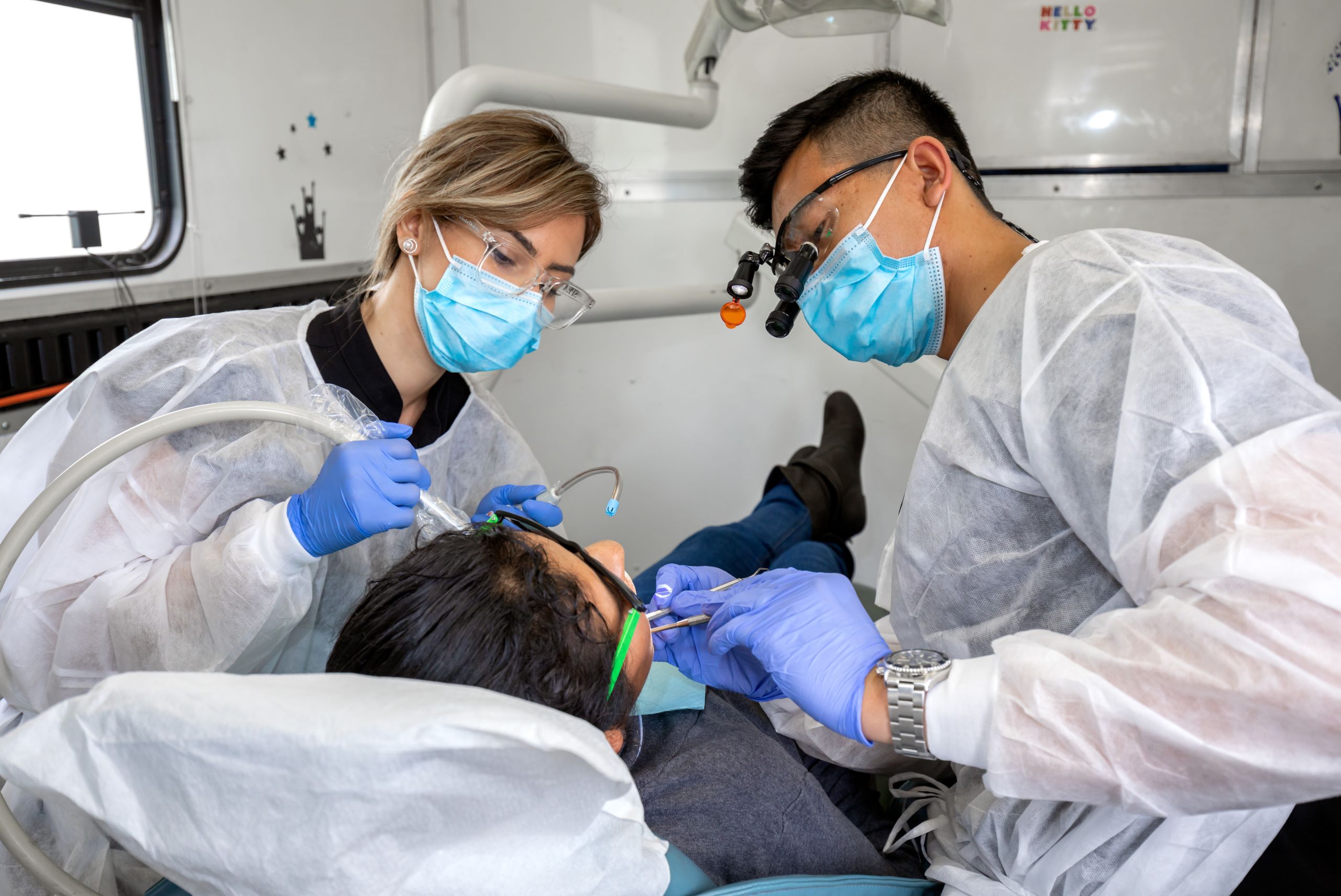By Dr. Rumpa Wig
India is a colorful world of remarkable diversity and extremes. Nowhere is this more apparent than in the distribution of wealth and accessibility to health care.
I am so happy! Today, I treated the son and daughter of the man who refuels my car at my local petrol pump station. When I saw him recently, I asked him how his children were. “They complain of aches in their teeth,” he said, and I asked him to bring them over to my clinic.
Mehak, age 9, and her brother Abdul, age 6, live with their parents in a slum behind the petrol station. Children in this socio-economic class receive little or no dental care in India, and over the years I have provided free treatment to many underprivileged children living in my town. I feel a noble quaking in my core after each treatment. Parents see their happy children and shower me with gratitude, but I insist that I am simply doing good work, and I like doing it.
Case 1 Mehak complained of pain when eating, and clinical evaluation revealed extensive decay on her lower left E (Fig. 1). After caries removal with a round bur and hand excavator, without pulpal exposure, the cavity was cleaned, and Etch-Rite 38% phosphoric acid etch gel was placed for 15 seconds and rinsed well (Figure 2). A thin layer of ACTIVA BioACTIVE-RESTORATIVE (Pulpdent USA) was placed as an insulating layer, massaged for 20 seconds, and light cured (Figure 3). The cavity was bulk filled with ACTIVA without the use of a bonding agent and allowed to self-cure for 40 seconds before light curing for 20 seconds. The self-cure time reduces polymerization stresses while the light provides a more complete cure of dual cure resin materials. The restoration was contoured, finished and polished (Figure 4), and Mehak was all smiles (Fig. 5). She was ready to come back for her next appointment when her abscessed lower right E would be treated.
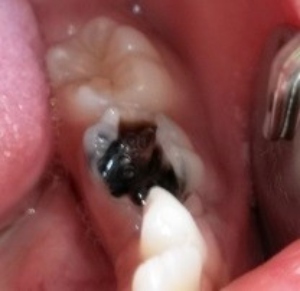
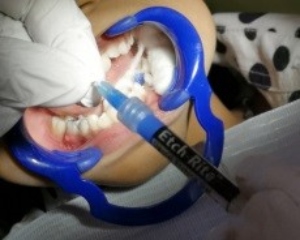

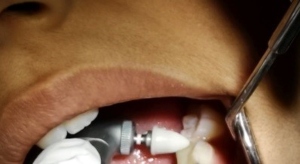
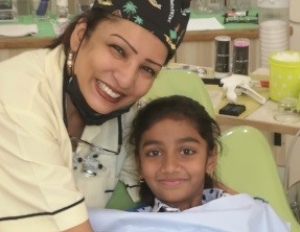
Case 2 Six-year-old Abdul also suffers from discomfort and needs considerable dental work. On this visit, I restored his upper right D, #54, which was decayed but without pulpal involvement (Fig. 6). The decay was removed with a round bur and a tapered fissure bur, and a bevel was placed on the occlusal margin. The prepped tooth was cleaned and isolated. Etch-Rite was applied for 15 seconds and thoroughly rinsed, followed by hi-vacuum suction and blotting with cotton pellets. This leaves the tooth lightly dried but not desiccated. After placing a sectional matrix, Activa A2 shade was placed, allowed to self-cure for 40 seconds, and then light cured for 20 seconds. Occlusion was checked, and the restoration was contoured, finished and polished. Abdul will also need restorations on 51, 52, 61 and 62, and we have scheduled follow-up appointments for those treatments.
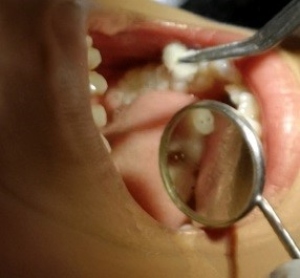
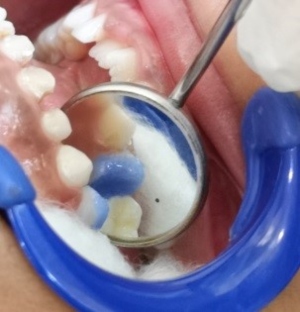



Both Mehak and Abdul were given proper brushing instructions and taught how to best maintain their oral hygiene. Providing this education to both the children and their parents is imperative for their future oral health. I could see the glee on the children’s faces as they checked their teeth, felt no pain, and said “Thank you so much!” Their father was moving his hand to the wallet in his shirt pocket, but I stopped him. “There is no need,” I said, I am just happy to help you and your children. Ask them to take care, and may the Great One watch over you!”

About Dr. Rumpa Wig
Dr. Rumpa Wig is a graduate from Govt. College of Dentistry, Indore. She has completed PG (Certification) in Aesthetic Dentistry from New York University, USA. She is the Vice-President on the Board of Indian Academy of Aesthetic and Cosmetic Dentistry (IAACD). As the Key Opinion Leader for some of the leading international companies, for India and ASEAN countries, she has delivered over 280 lectures, and workshops, internationally and nationally on topics in Aesthetic Dentistry. Her comprehensive hands-on courses are widely sought out and highly appreciated. She has many articles in various journals to her credit. She maintains a private practice in Bhopal, and focuses mainly on Aesthetic, Restorative, Adhesive and Minimally-invasive dentistry.


